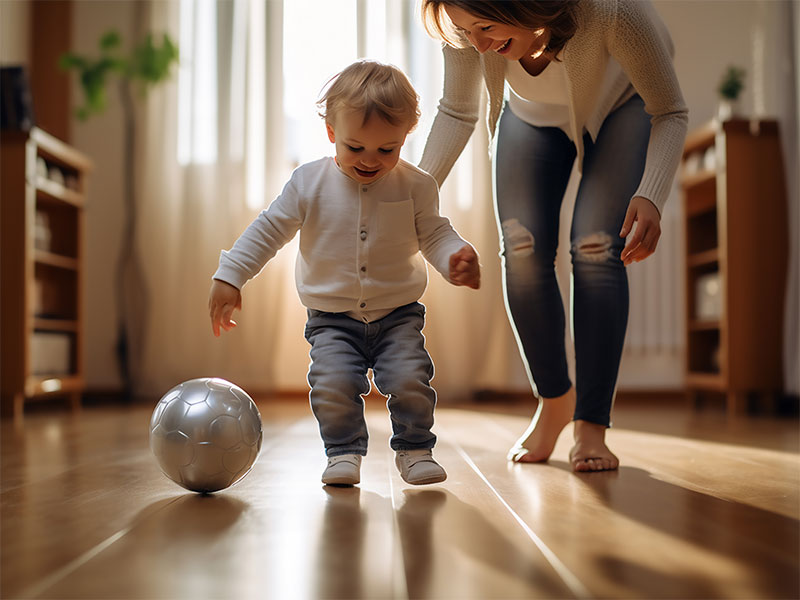With children increasingly glued to screens and sedentary activities, parents and educators alike are growing concerned about the long-term effects on their physical and mental well-being. Physical activity plays a pivotal role in the holistic development of children, influencing not just their physical health but also their cognitive, emotional, and social growth. This article delves into the multifaceted importance of physical activity in child development, exploring how regular movement can set the foundation for a healthy, balanced, and fulfilling life.
1. Physical Health Benefits
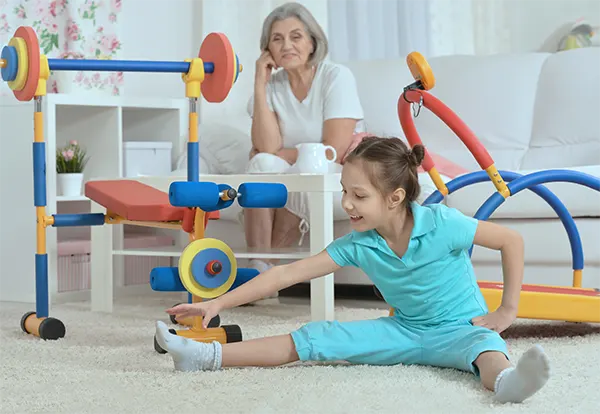
A. Building Strong Bones and Muscles
One of the most evident benefits of physical activity in child development is the strengthening of bones and muscles. During childhood, bones are in a constant state of growth and development. Regular physical activity, especially weight-bearing exercises like running, jumping, and climbing, helps increase bone density and strengthens muscles. This is crucial for preventing conditions like osteoporosis later in life. Additionally, strong muscles support proper posture and reduce the risk of injuries.
B. Maintaining a Healthy Weight
In an era where childhood obesity rates are alarmingly high, physical activity is a key factor in maintaining a healthy weight. Engaging in regular exercise helps burn calories and regulate body fat, reducing the risk of obesity. Children who participate in physical activities are less likely to develop conditions such as type 2 diabetes, high blood pressure, and heart disease. Furthermore, maintaining a healthy weight contributes to overall well-being, boosting self-esteem and confidence.
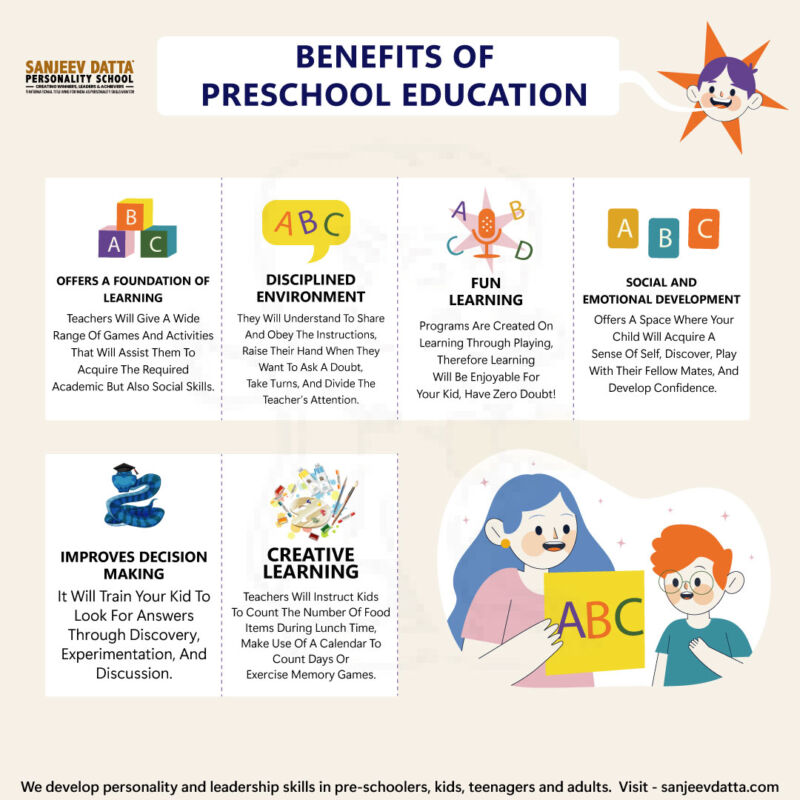
C. Enhancing Cardiovascular Health
Physical activity also plays a significant role in promoting cardiovascular health in children. Activities that get the heart pumping, such as running, swimming, and cycling, strengthen the heart muscle and improve blood circulation. This helps lower blood pressure, reduce cholesterol levels, and enhance overall heart function. A healthy cardiovascular system is essential for ensuring that all bodily organs receive the oxygen and nutrients they need to function optimally.
Visit: why money management for kids
2. Cognitive Development
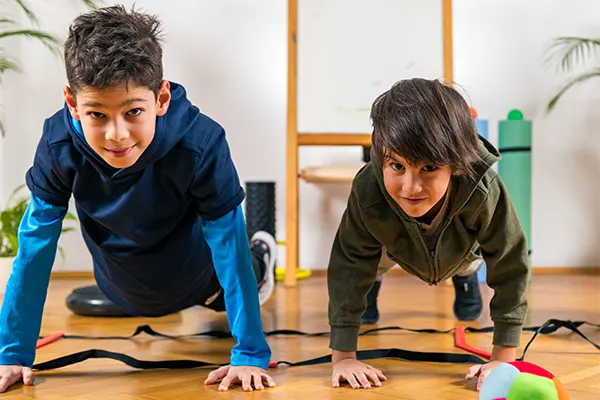
A. Boosting Brain Function
The connection between physical activity and cognitive development is profound. Research has shown that regular exercise stimulates brain function by increasing blood flow to the brain, promoting the growth of new brain cells, and enhancing neural connections. Physical activity has been linked to improved memory, attention span, and problem-solving skills in children. Physically active children tend to perform better academically, as exercise helps improve concentration and cognitive flexibility.
B. Enhancing Learning Abilities
Physical activity also enhances learning abilities by promoting the release of neurochemicals such as dopamine, serotonin, and norepinephrine. These chemicals are associated with improved mood, motivation, and focus, all of which are essential for effective learning. Activities that involve coordination, such as dancing or playing sports, can also improve motor skills, which are closely linked to cognitive development. For instance, hand-eye coordination developed through sports can translate into better writing and drawing skills.
C. Encouraging Creative Thinking
Engaging in physical activities that require strategy and problem-solving, such as team sports or obstacle courses, can foster creative thinking in children. These activities challenge children to think on their feet, come up with innovative solutions, and adapt to changing circumstances. This creative problem-solving ability is not only beneficial in sports but also in academic and everyday life situations.
3. Emotional and Mental Well-Being
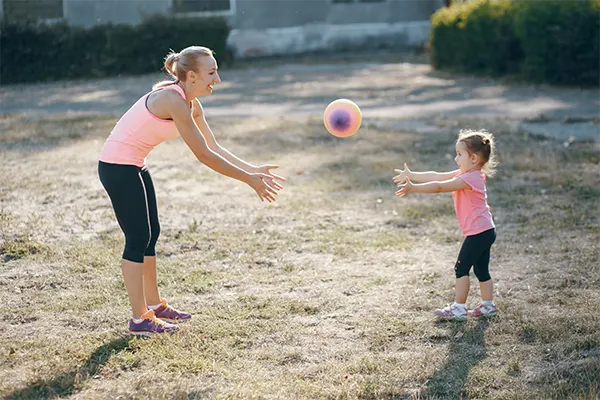
A. Reducing Stress and Anxiety
In a world where children are increasingly exposed to stressors, from academic pressures to social challenges, physical activity serves as a natural stress reliever. Exercise stimulates the production of endorphins, the body’s natural “feel-good” chemicals, which help reduce stress and anxiety. Physical activity also provides an outlet for children to release pent-up energy and emotions, leading to improved emotional regulation and a calmer state of mind.
B. Building Self-Esteem and Confidence
Physical activity plays a crucial role in building self-esteem and confidence in children. As they set and achieve fitness goals, whether it’s learning a new sport, mastering a dance routine, or simply improving their endurance, children gain a sense of accomplishment. This boosts their self-confidence and encourages them to take on new challenges, both in and out of the classroom. Additionally, participating in team sports fosters a sense of belonging and teamwork, further enhancing self-esteem.
C. Improving Mood and Mental Health
Regular physical activity has been shown to improve mood and mental health in children. Exercise helps combat symptoms of depression by promoting the release of serotonin and dopamine, neurotransmitters that play a key role in regulating mood. Children who engage in regular physical activity are more likely to experience positive emotions, have a more optimistic outlook on life, and develop resilience in the face of adversity. Build a bright future today! Help your child shine with skills that last a lifetime—enroll in our personality development course now!
4. Social Development
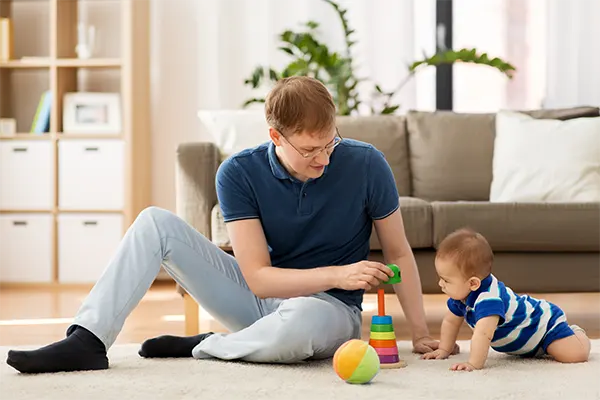
A. Promoting Teamwork and Cooperation
Physical activity, particularly in the form of team sports, is an excellent way to promote teamwork and cooperation among children. By working together towards a common goal, children learn the value of communication, collaboration, and mutual support. These social skills are essential for building strong relationships and functioning effectively in group settings, both in school and later in life.
B. Developing Leadership Skills
Participation in physical activities also provides opportunities for children to develop leadership skills. Whether it’s leading a team in a soccer match, organizing a group activity, or mentoring younger peers, children learn how to take initiative, make decisions, and inspire others. These leadership experiences help build confidence and prepare children for future roles in leadership positions.
Visit: why continuous learning for kids
C. Encouraging Respect and Sportsmanship
Physical activity teaches children important values such as respect, fairness, and sportsmanship. Through interactions with peers, coaches, and opponents, children learn how to handle winning and losing gracefully, respect rules and authority, and treat others with kindness and respect. These values are integral to healthy social development and contribute to a positive and inclusive community environment.
5. Long-Term Impact on Healthy Habits

A. Establishing a Lifelong Love for Physical Activity
One of the most significant benefits of physical activity in child development is the establishment of lifelong healthy habits. Children who are encouraged to be physically active from a young age are more likely to continue these habits into adulthood. This reduces the risk of chronic diseases, promotes longevity, and contributes to a higher quality of life. By making physical activity a regular part of their routine, children learn to prioritize their health and well-being.
B. Preventing Sedentary Lifestyles
In an age where sedentary lifestyles are becoming increasingly common due to technology, encouraging physical activity in children is more important than ever. Regular exercise helps counteract the negative effects of prolonged sitting, such as poor posture, obesity, and decreased cardiovascular health. By promoting an active lifestyle, parents and educators can help prevent the development of sedentary habits and ensure that children grow up healthy and active. Help your child stand out—our course for personality development for kids cultivates confidence, communication, and success!
C. Inspiring Healthy Choices
Physical activity is often accompanied by other healthy choices, such as a balanced diet, adequate sleep, and proper hydration. Physically active children are more likely to develop an interest in nutrition and make healthier food choices. Additionally, regular exercise promotes better sleep patterns, which are essential for overall health and development. By fostering a holistic approach to health, physical activity lays the foundation for a well-rounded and fulfilling life.
Visit: benefits of good parenting
Conclusion
The importance of physical activity in child development cannot be overstated. Physical activity plays a vital role in every aspect of a child’s growth, from building strong bones and muscles to enhancing cognitive function, emotional well-being, and social skills. By encouraging children to engage in regular physical activity, we promote their physical health and support their mental, emotional, and social development. As parents, educators, and caregivers, we are responsible for creating an environment that fosters active lifestyles and instills a lifelong love for movement. In doing so, we can ensure that our children grow up healthy, happy, and well-equipped to face the challenges of life.

